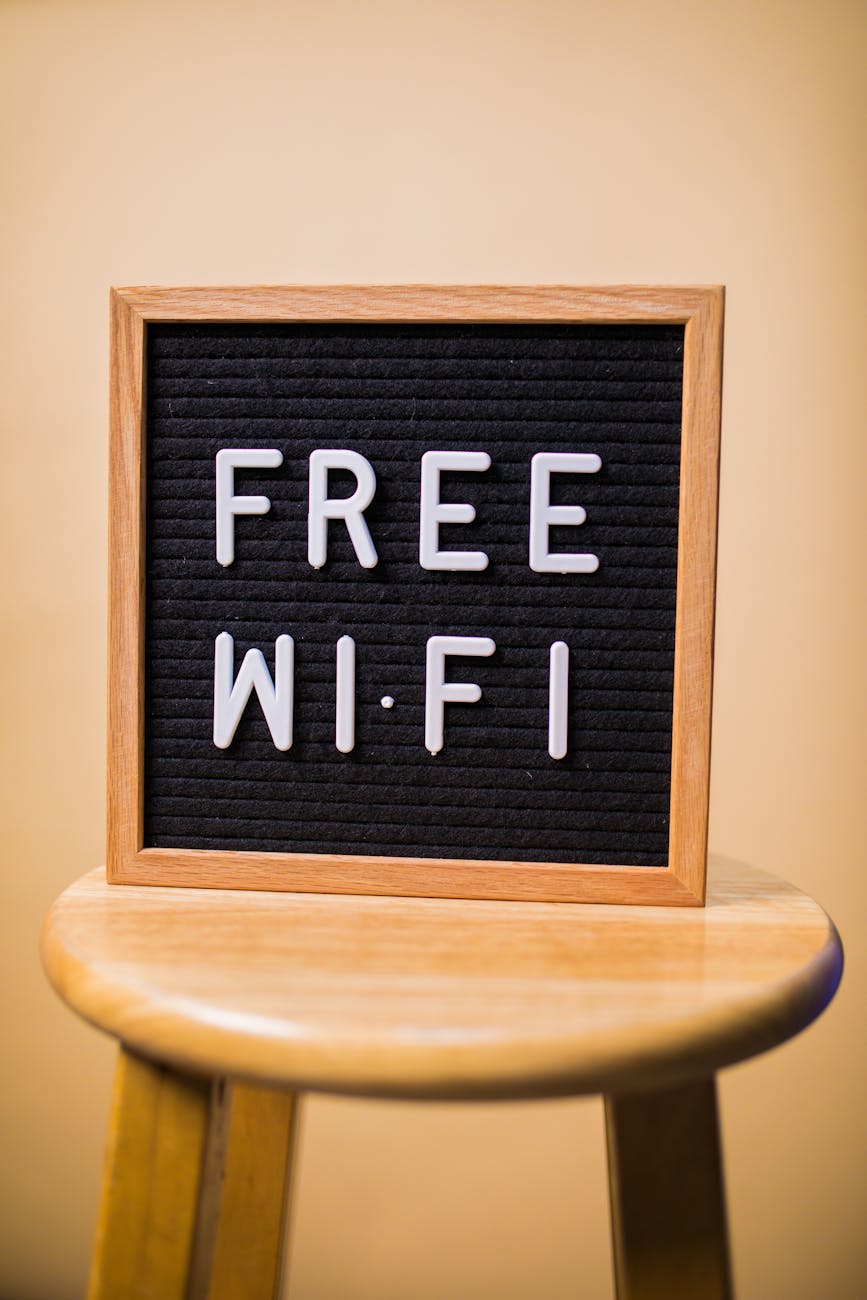Whether you’re exploring busy European cities, navigating crowded markets in Southeast Asia, or backpacking through unfamiliar regions, keeping your belongings safe is essential. From pickpockets to street scams, high-risk areas require smart packing, the right gear, and situational awareness.
Here’s your complete guide to protecting your valuables while traveling, so you can explore confidently — not anxiously.
🧠 1. Blend In — Don’t Flash Your Valuables
- Leave flashy jewelry and designer accessories at home
- Avoid counting cash or pulling out large bills in public
- Keep phones and cameras low-profile
- Dress simply and skip the tourist giveaway signs (e.g., loud logos, big maps)
🕶️ Low-key = low-risk. Stay stylish, but subtle.
🎒 2. Use Anti-Theft Travel Gear
Invest in gear designed to stop theft before it starts.
Top Anti-Theft Travel Items:
- Crossbody bags with locking zippers (e.g., Pacsafe, Travelon)
- Slash-resistant straps and hidden compartments
- RFID-blocking wallets or passport sleeves
- Neck pouches or money belts
- TSA-approved luggage locks
- Portable door locks or alarms for hostel/hotel rooms
💼 Look for hidden pockets and security clips when buying bags.
🔐 3. Split and Hide Your Valuables
Don’t keep everything in one place.
Safety Storage Tips:
- Carry passport + cash in a neck wallet or belt
- Stash backup cards and bills in a sock, bra pouch, or toiletry bag
- Carry a decoy wallet with small bills or expired cards
🧠 Even if you lose one stash, you’ll have a backup.
🧳 4. Secure Your Bag in Crowds
- Wear your daypack on your front in busy areas
- Loop your strap through your arm or chair leg while seated
- Never hang your bag on the back of a chair in public
- Use carabiners or safety pins to make zippers harder to open
🎯 Make it difficult, and you won’t be worth the thief’s effort.
🕵️♀️ 5. Stay Alert in Transit and Crowds
- Watch for distraction scams (e.g., spills, staged arguments)
- Avoid aggressive vendors or petition scams
- Cover your PIN at ATMs
- In taxis/rideshares, keep your bag on your lap, not in the trunk
🚨 Distraction is the #1 pickpocket tactic — stay calm, but aware.
🛏️ 6. Lock Up Valuables in Your Room
- Use hotel safes when provided
- Bring a small portable travel safe or lockable pouch
- If no safe is available, hide valuables in inconspicuous spots (e.g., inside a sock or empty toiletry bottle)
🧳 Don’t leave electronics, documents, or cash out in plain sight.
📱 7. Protect Your Devices Digitally
- Enable device tracking (Find My iPhone/Android)
- Use strong passwords and biometrics
- Connect only to public Wi-Fi with a VPN
- Back up travel photos and files to the cloud
- Keep a scanned copy of your passport stored securely online
🔐 Cyber safety = peace of mind when your phone is your lifeline.
🗺️ 8. Research Local Scams and Risk Zones
- Google “common scams in [destination]” or check Reddit travel threads
- Ask your hotel or hostel staff about sketchy areas to avoid
- Learn local safety tips before exploring
- Stay off your phone when walking through unfamiliar streets
📚 A little local knowledge goes a long way.
🧼 9. Use Luggage Locks and Zip Ties
- Use TSA-approved locks on checked bags
- Add zip ties or small cable locks to secure zippers on buses/trains
- Clearly label your luggage inside and out
🧳 Visual deterrents help reduce theft during transit.
✅ Travel Safety Checklist for High-Risk Destinations
| Item / Tip | Packed? |
|---|---|
| Anti-theft bag or crossbody with lock | ✅ |
| RFID wallet or passport cover | ✅ |
| Portable door lock or alarm | ✅ |
| Travel safe or locking pouch | ✅ |
| VPN for public Wi-Fi use | ✅ |
| Backup copies of documents (digital + print) | ✅ |
| Cable locks or zip ties for luggage | ✅ |
| Hidden stash of cash or backup cards | ✅ |
| Local scam/research notes saved offline | ✅ |
✨ Final Thoughts: Travel Smart, Not Fearfully
You don’t have to be paranoid to be prepared. With a few smart habits, the right gear, and local awareness, you can protect your belongings and enjoy your trip without constantly looking over your shoulder.
🌍 Confidence is the best thing to carry with you — right after your passport.






Leave a Reply